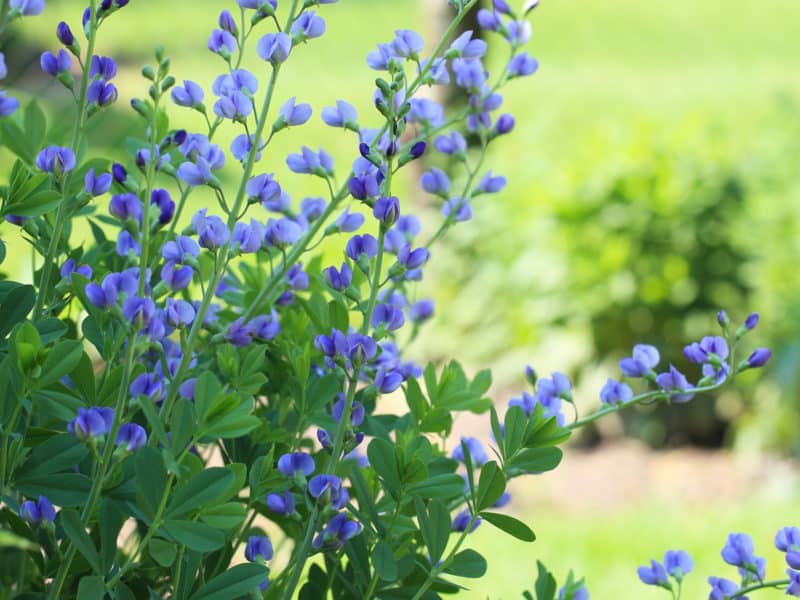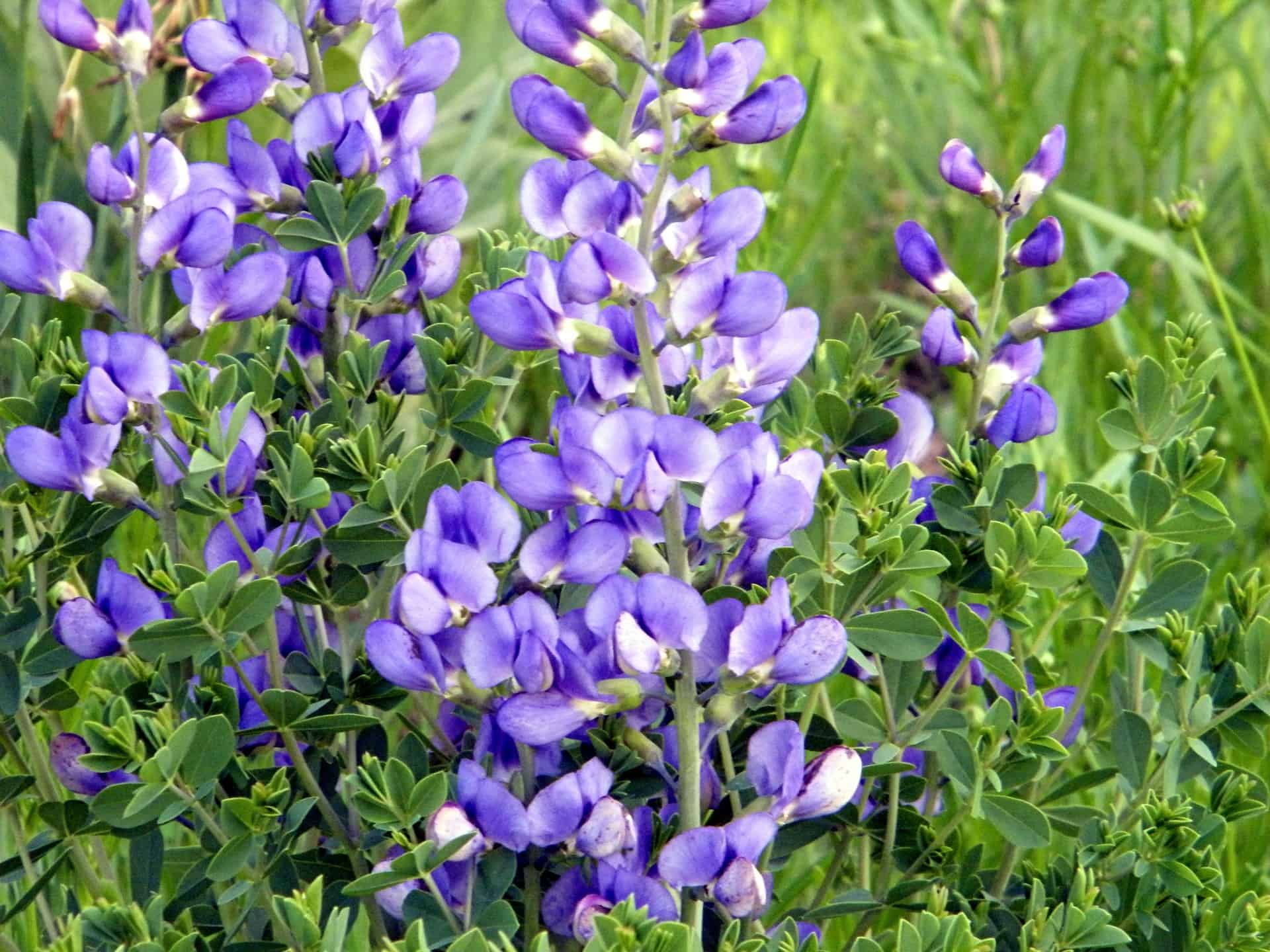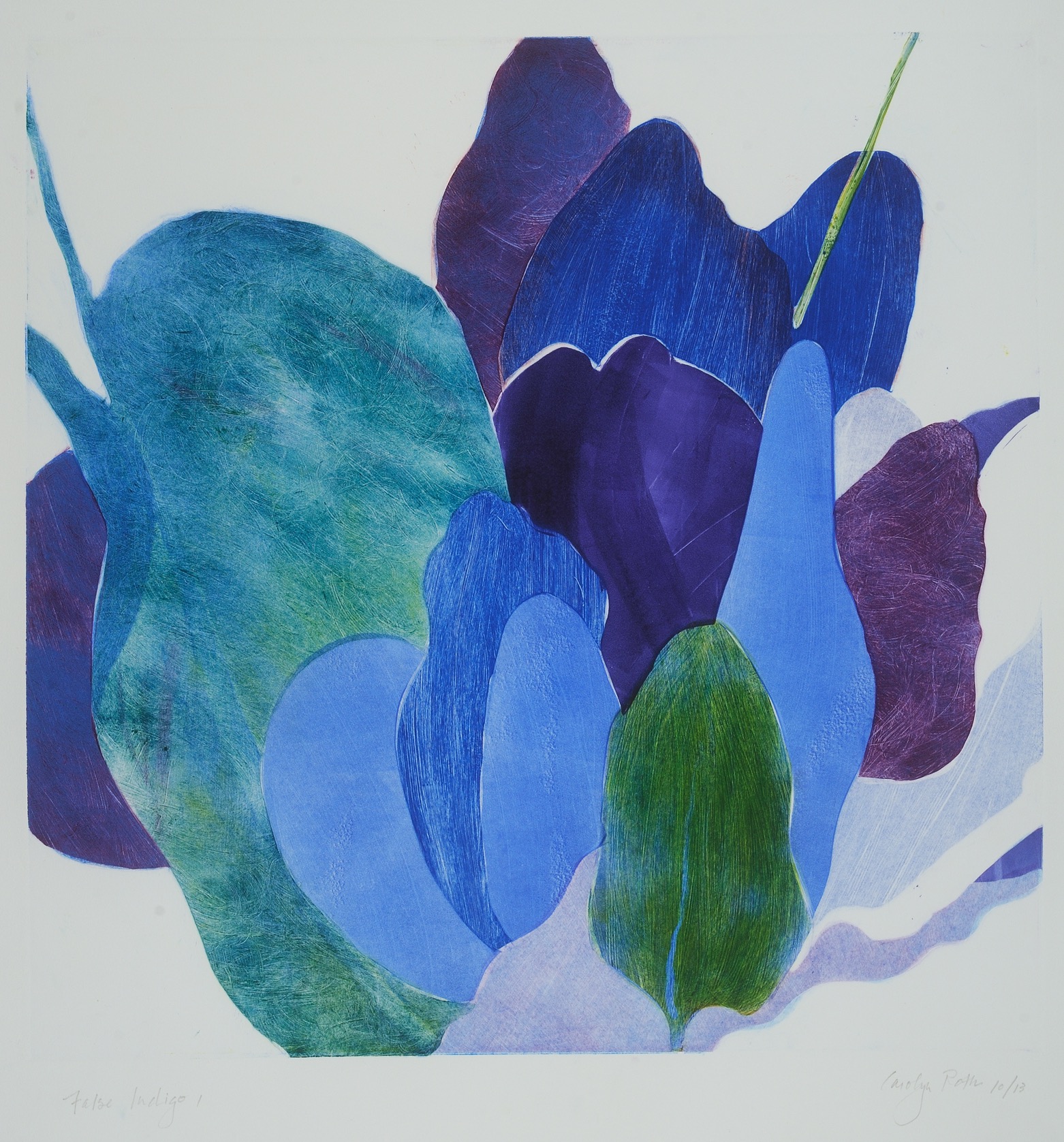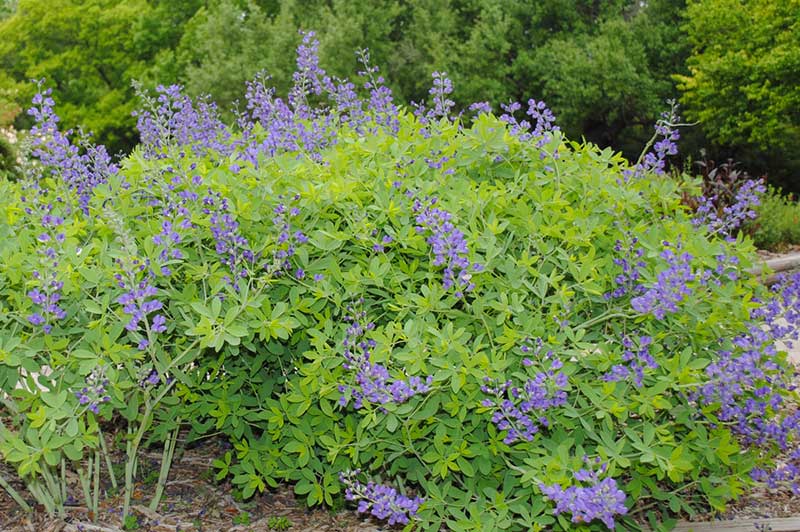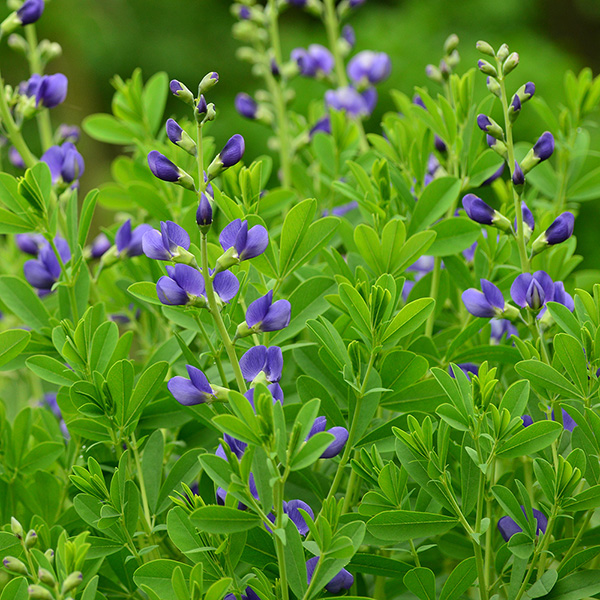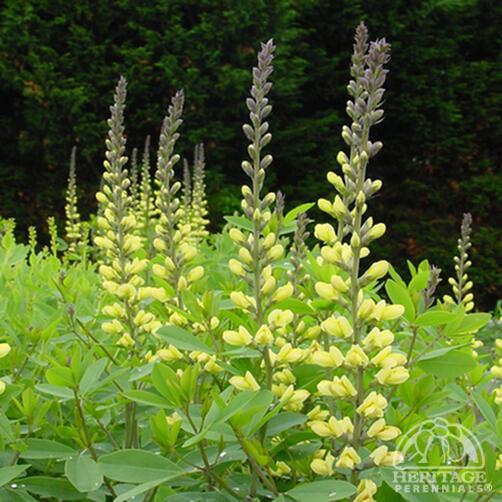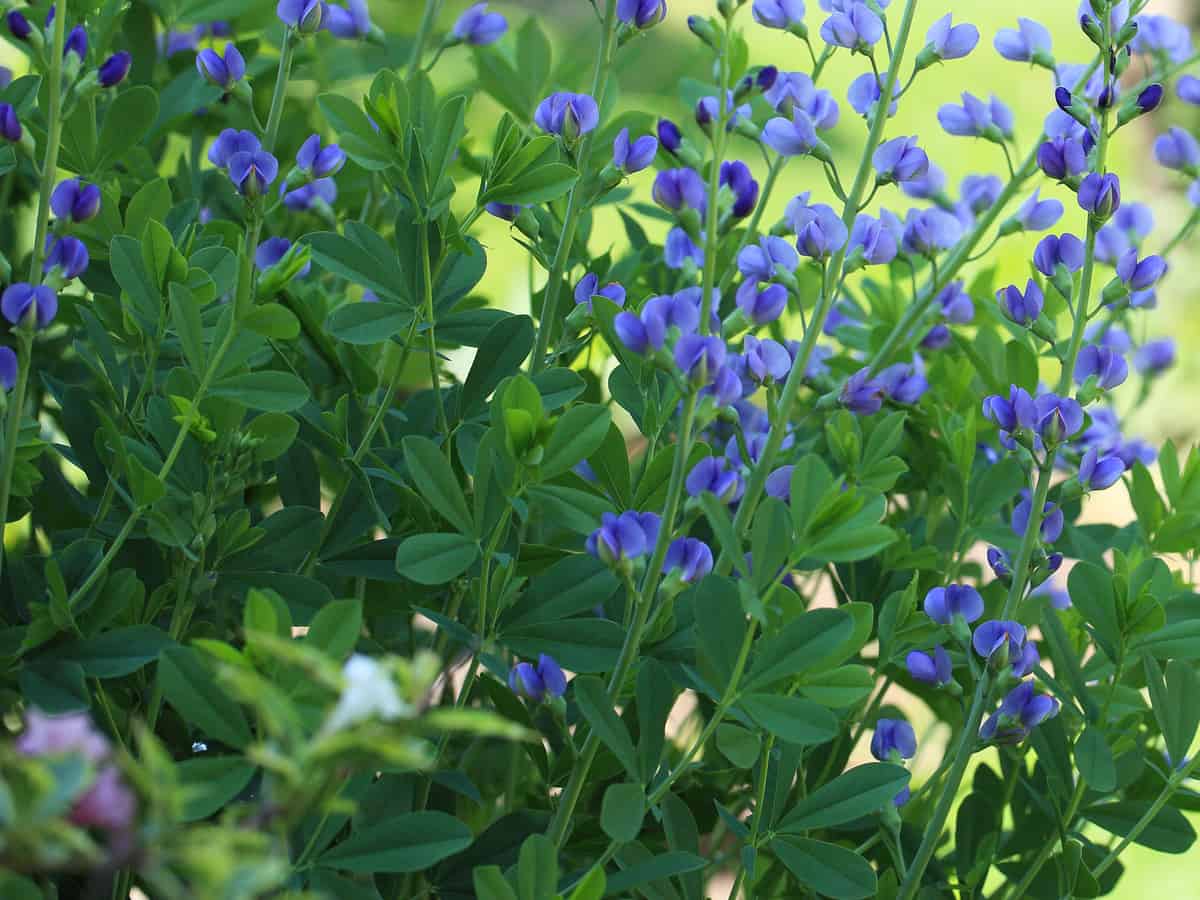Unique Info About Dividing False Indigo

Plants are slow growing and do not require frequent division.
Dividing false indigo. Blue false indigo has a deep tap root and extensive root system so is best left undisturbed. If given the choice, i prefer to move them just after they finish flowering. They also make great cut flowers.
Most experts, however, don't recommend moving a. If you insist on doing it, the best time is in the spring before it leafs out. Think of transplanting sweet peas (hard) or bluebonnets (also hard).
False sunflower (heliopsis helianthoides) divide every other year. False blue indigo's spikes of clear blue flowers in late spring can nearly carry a border by themselves. Transplanting or dividing false indigo is not advised except on young plants and preferably in early spring.
Plants can be started from seeds. False indigo is not a good candidate for division or transplanting because of a deep tap root. Our trial manager, jeremy, demonstrates how to properly trim, pot, and grow a crop of baptisia.
If you wish, you can deadhead to remove the old. Blue false indigo should be pruned early spring to preserve the black seed pods for winter interest in the garden. False indigo is a common garden plant in the us, found in nurseries across the country.
Some plants like baptisia, false indigo, do not respond well to division because they have long, deep roots that are difficult to dig out without breaking them off. It can, however, be transplanted or divided in cool weather if kept well. These are all plants which do best sown where they are to grow.
Baptisiaactively grow roots and recover quickly when the soil has warmed up in late spring. Indigo develops a long, thick taproot and does not. It is one of only a few native blue flowers that have the true blue color not.
[as for dividing plants with a.

